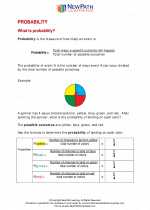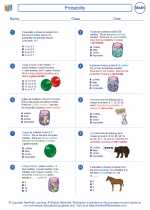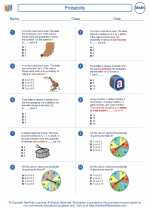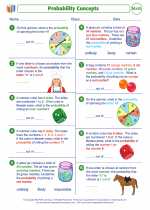Gregorian Calendar
The Gregorian calendar is the internationally accepted calendar system, named after Pope Gregory XIII, who introduced it in 1582. It is a solar calendar based on the Earth's revolution around the sun. The Gregorian calendar replaced the Julian calendar, which had a small error in its calculation of leap years.
The Gregorian calendar has 12 months, with varying lengths. It uses a 400-year cycle to ensure a more accurate alignment with the solar year. The calendar also includes leap years, which occur every 4 years except for years that are divisible by 100 but not by 400.
Study Guide
- What is the Gregorian calendar?
- How many months are there in the Gregorian calendar?
- What is the purpose of leap years in the Gregorian calendar?
- What was the calendar system that the Gregorian calendar replaced?
The Gregorian calendar is the internationally accepted calendar system, named after Pope Gregory XIII, who introduced it in 1582.
The Gregorian calendar has 12 months with varying lengths.
Leap years are used to align the calendar with the solar year. They occur every 4 years except for years that are divisible by 100 but not by 400.
The Gregorian calendar replaced the Julian calendar, which had a small error in its calculation of leap years.
Studying the Gregorian calendar is important for understanding how our modern system of timekeeping and scheduling is structured. It also provides a historical perspective on the development of calendar systems and the influence of religious and cultural factors on the organization of time.
.◂Math Worksheets and Study Guides Fifth Grade. Probability

 Worksheet/Answer key
Worksheet/Answer key
 Worksheet/Answer key
Worksheet/Answer key
 Worksheet/Answer key
Worksheet/Answer key
 Worksheet/Answer key
Worksheet/Answer key
